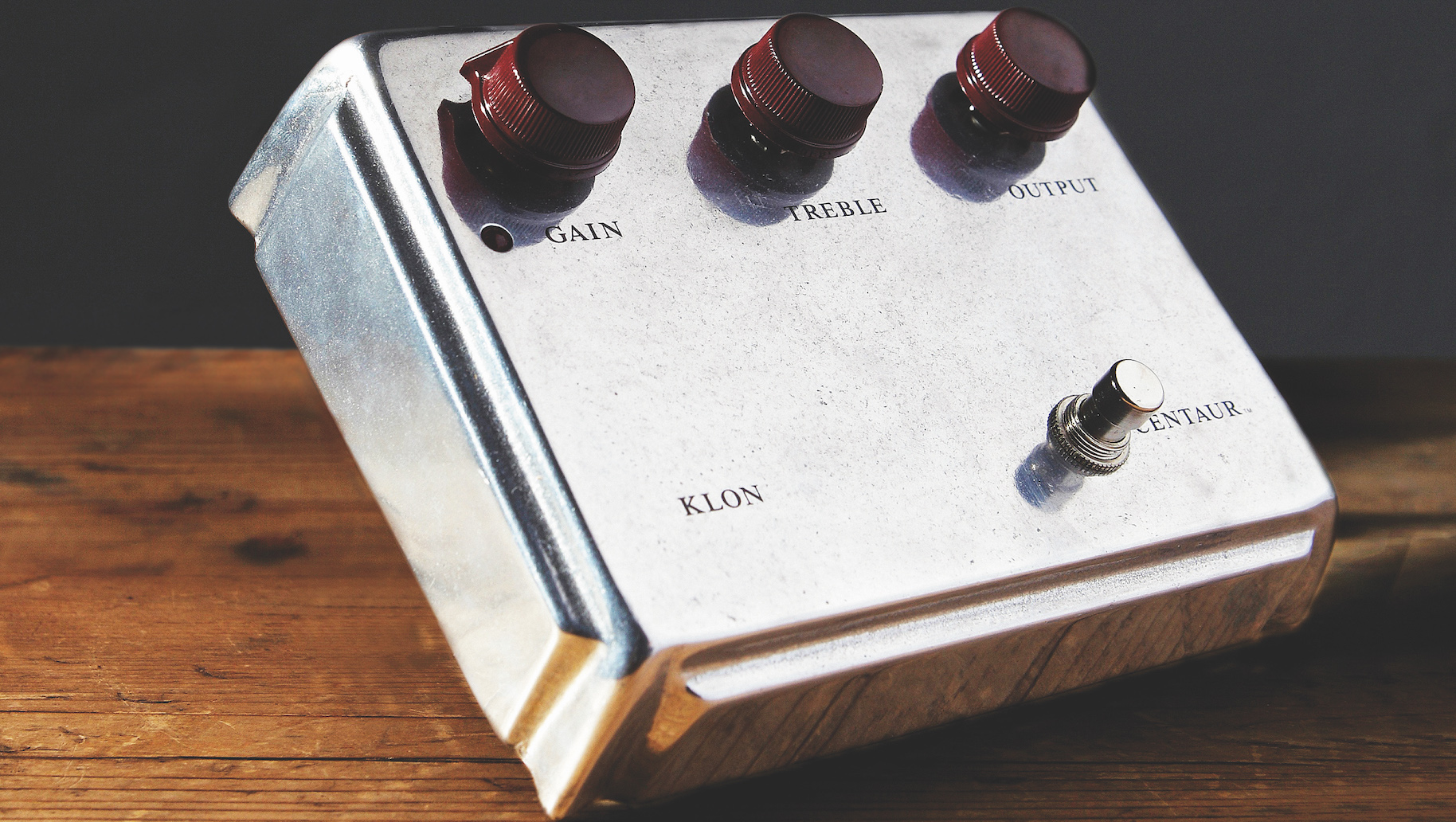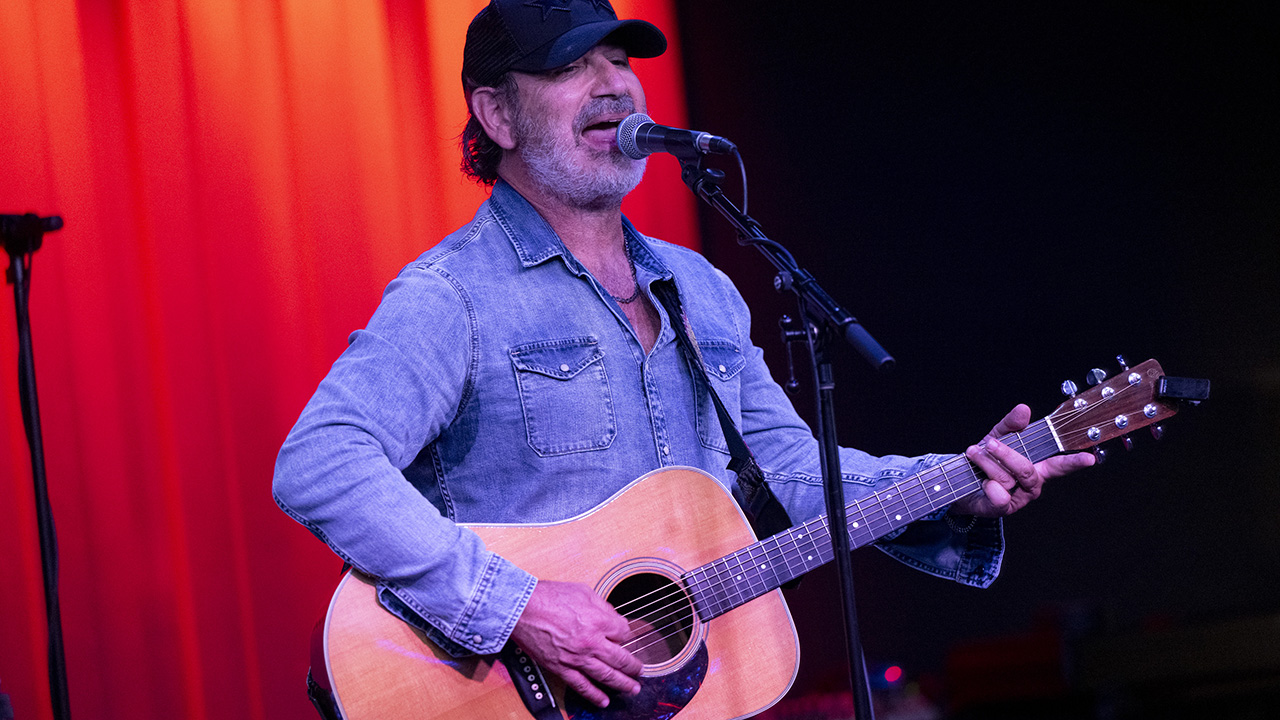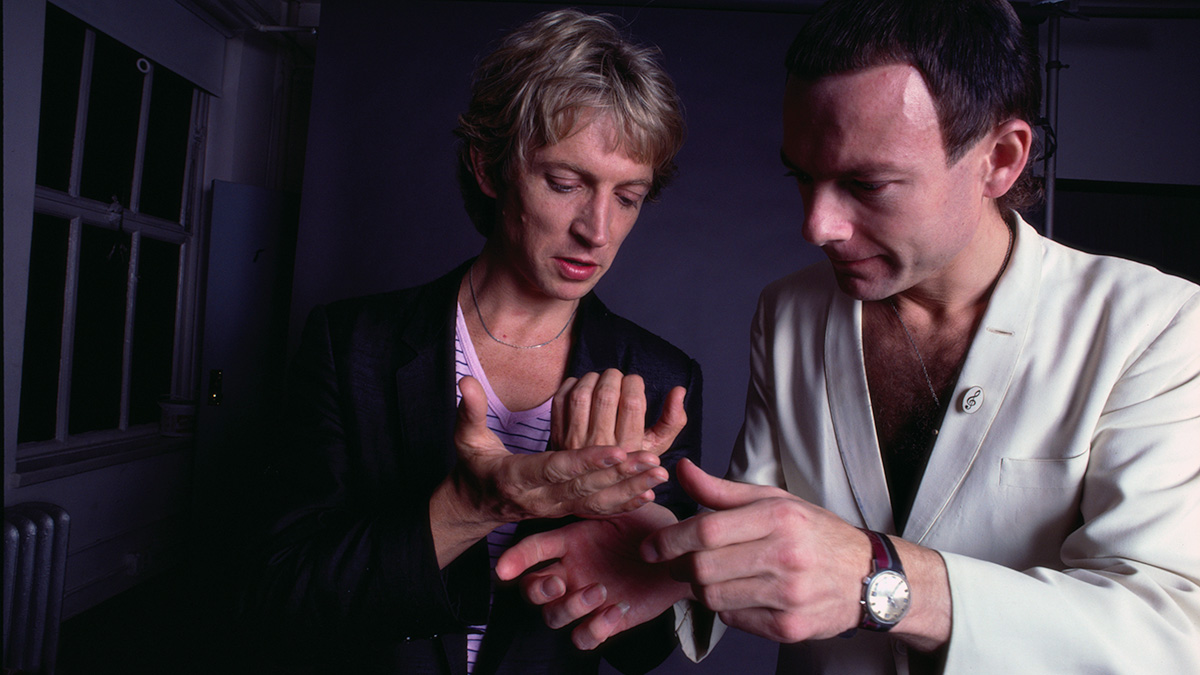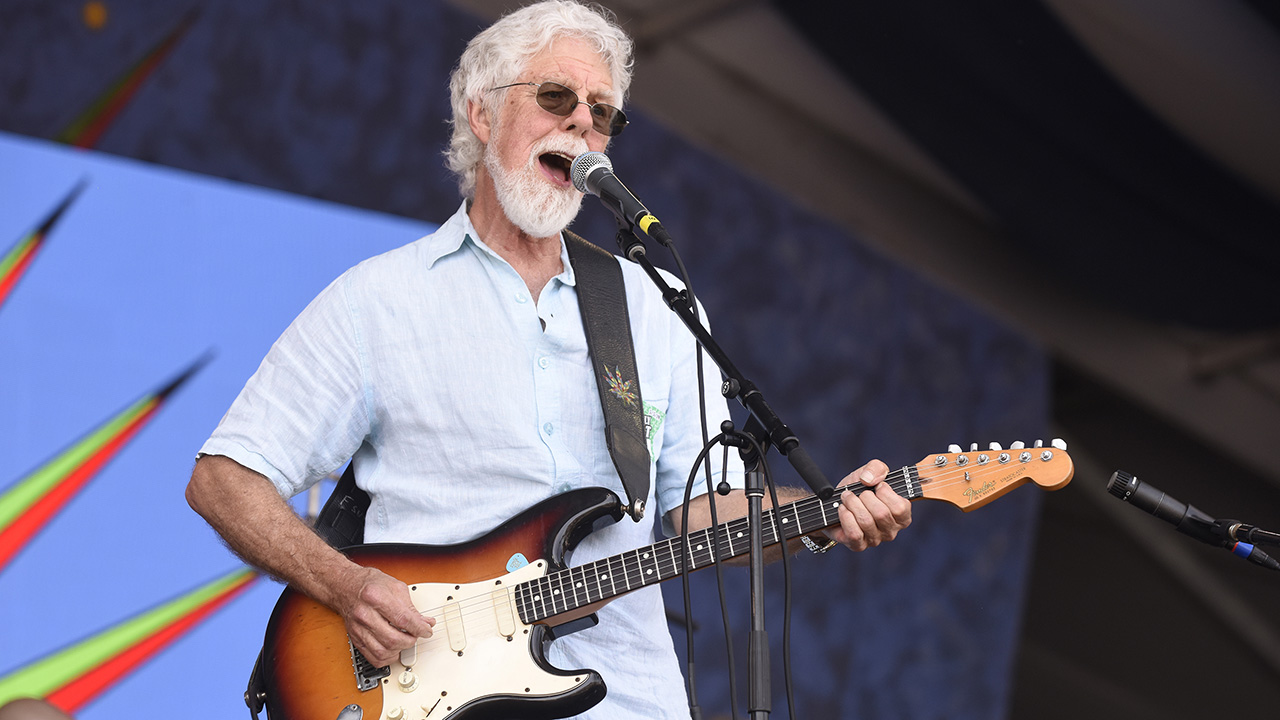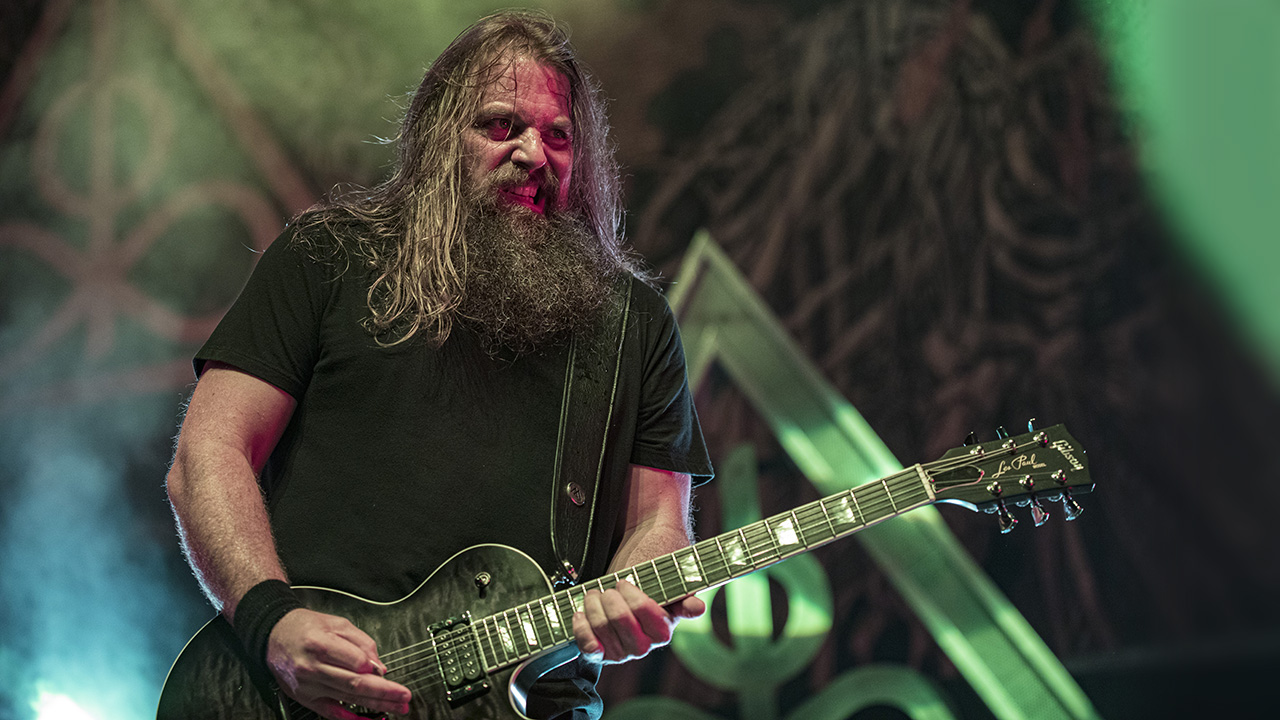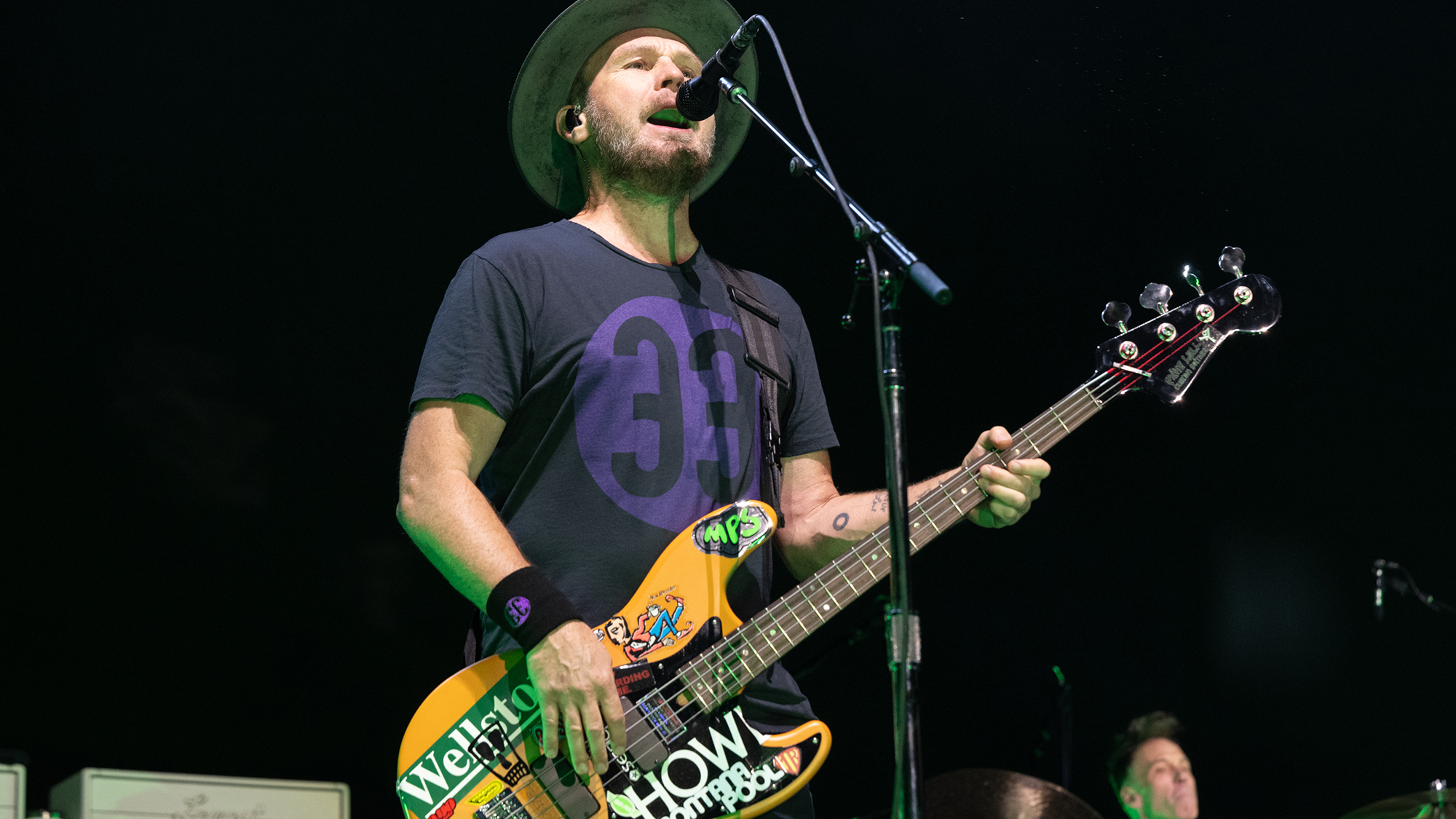For decades no-one even knew his name. This month, James Jamerson will have a street named after him
How James Jamerson became a bass guitar hero: with tributes from Jack Bruce, Suzi Quatro and Paul McCartney
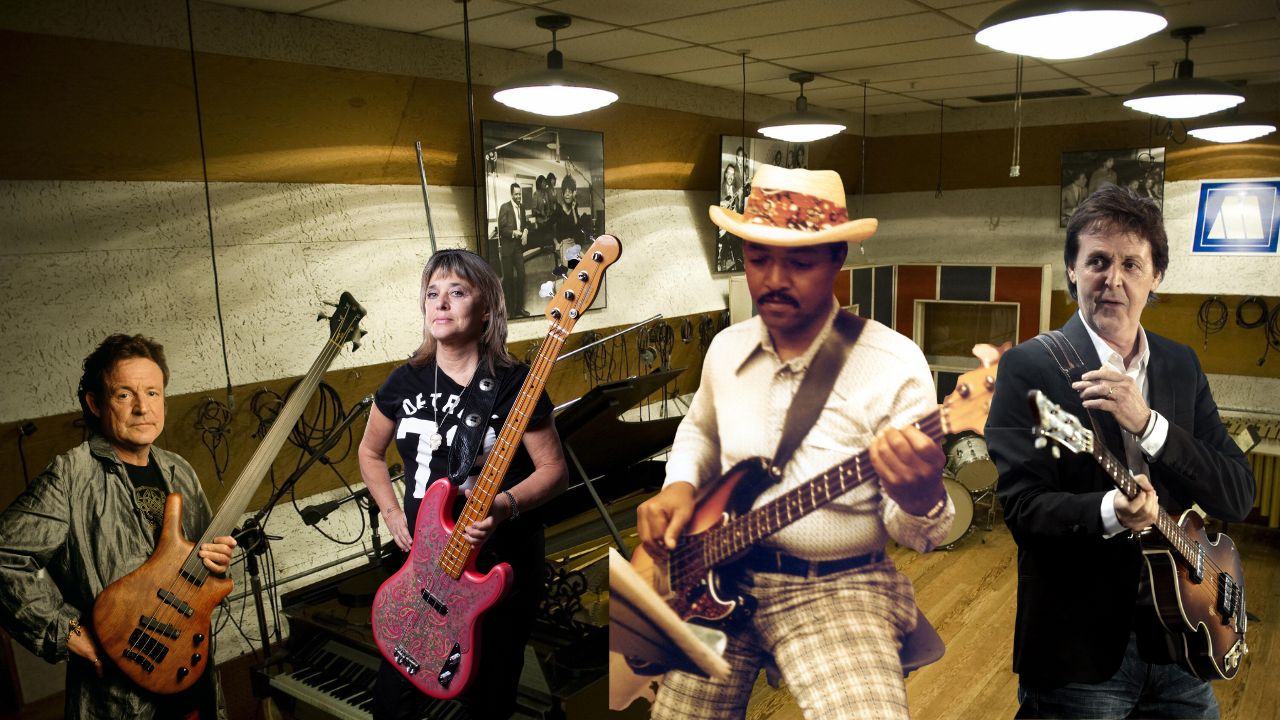
It’s been 40 years since the bass pioneer, James Jamerson, died at the age of only 47. Virtually unknown at the time of his passing, but a star at the peak of his creativity, he created a legacy that is unparalleled in the bass guitar world. So much so that you voted him number one in our poll to find the 100 greatest bass players of all time.
As part of Motown’s house band, Jamerson was the bass player behind hundreds of hit records from Stevie Wonder, Diana Ross & The Supremes, The Four Tops, and The Temptations – resulting in such masterworks as Bernadette, I Was Made to Love Her, You Can’t Hurry Love, and My Girl.
Now, two years after his gravesite in Detroit was upgraded with a new headstone, a street in his hometown of Edisto Island in South Carolina is being renamed in his honor.
On August 19 at 4.30pm, Steamboat Landing Road will be renamed James Lee Jamerson Memorial Highway. A musical tribute to Jamerson will take place at Edisto Beach Civic Center immediately afterwards.
Over the years countless bass guitar stars have paid tribute to the indelible impact the South Carolina-born, Detroit-raised James Jamerson has had on the music world. Here’s a look back at 10 of our top picks.
Paul McCartney
“Jamerson was where I picked up a lot of my bass style. Because bass players normally have to follow: we follow the chords, follow the drummer, follow the vocalist, we have a following role. Suddenly the bass had power! We could dictate the direction of the music and add excitement. James Jamerson became just my hero, really.”
Jack Bruce
“James Jamerson did everything, didn’t he? Marvin Gaye, Stevie Wonder…he’s on all those great tracks. They tried to muddy the waters a bit sometimes and say it was another bass player, but he played on 30 number ones, which is not a bad record. It’s said that he never changed his strings, which is one of two approaches to strings. I like to change mine a lot – if I’m on tour, it’s for every gig – because I like the sound and the feel of brand-new strings. But Jamerson would leave them on forever.”
Get The Pick Newsletter
All the latest guitar news, interviews, lessons, reviews, deals and more, direct to your inbox!
Wilton Felder
“Jamerson’s style was unique, from the heart, and earthy. He had an innate sense of the bass’s role, but at the same time, he knew how to play freely while keeping the groove going. He could hear a song and instantly know where it was going, where he was able to stretch, and where playing less would mean more. And his basslines always went with the vocalist and melody. Whatever he played, he meant it and you felt it, yet he was able to add the nuances that gave his parts so much expression. He’s the godfather of the electric bass.”
Chuck Rainey
“Like all great musicians, James heard other things in his head while he played – such as polyrhythms from the drum patterns – and when he added those ideas they came through loud and clear, but they always locked with the groove and supported the song. Coming from his upright background, he plucked mainly with one finger, using all upstrokes. His heavy touch, high P-Bass action, and 'real man' attitude resulted in strong, singing notes. I remember showing him my back-and-forth index-finger plucking technique, and he laughed and said, 'that’s sissy stuff right there.' On Motown tracks his bass is the most audible element other than the singer.”
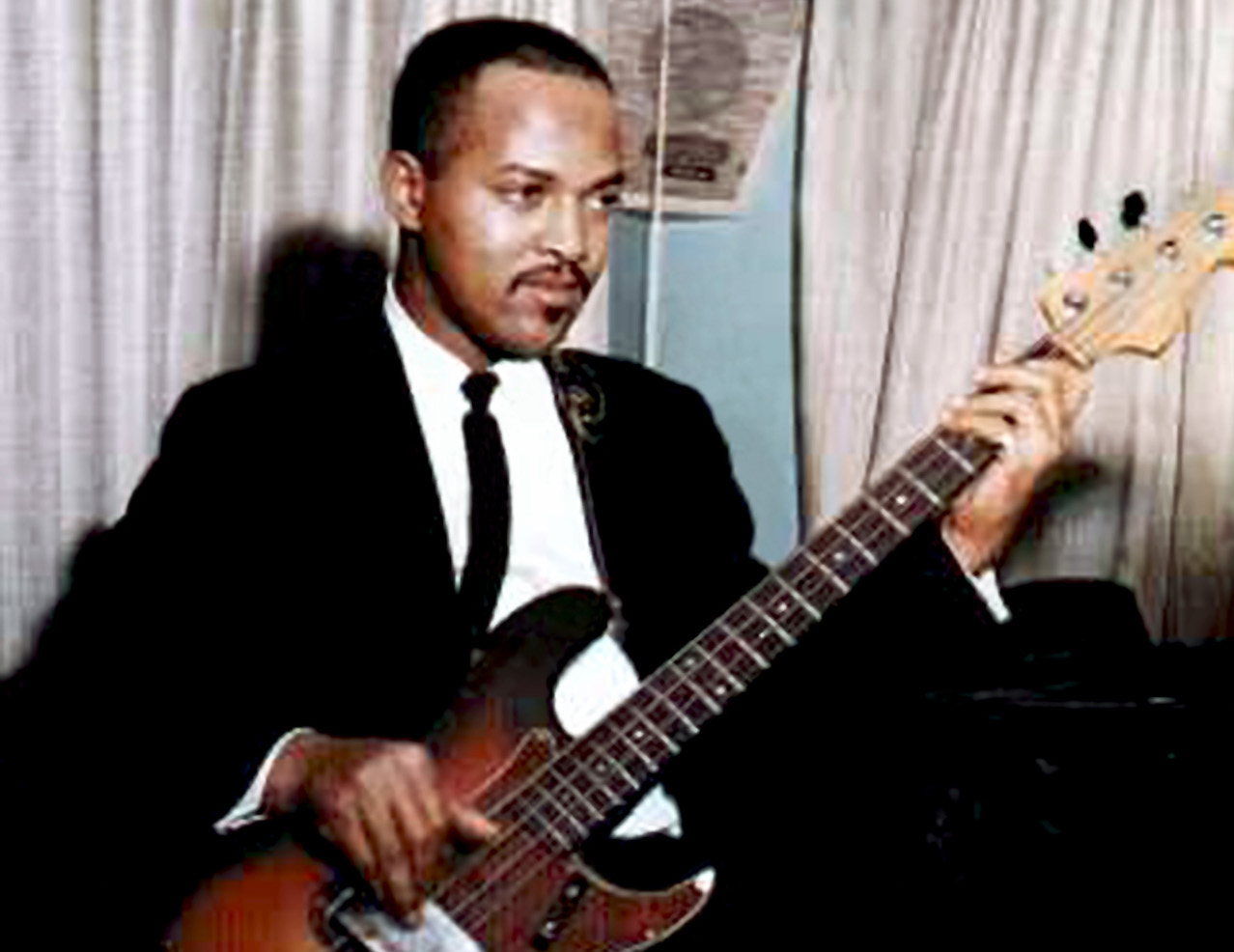
Suzi Quatro
“I grew up in Detroit, so I was weaned on James Jamerson and Motown music. It’s in my DNA. He’s still the best. I took my style from him. I’m a cross between his style and boogie. He did his fancy licks, but he didn’t overplay. It’s hard to improve on what he did, because you’re talking perfection. The drums, the bass and the tambourine were what made the Motown sound. That’s hard to beat.”
James Jamerson Jr.
“As for his sense of syncopation, that was his God-given gift. I couldn’t even explain that one. I put it like this: My dad liked to dance, so he just danced on the bass. He was a staunch acoustic bassist, and he made me learn the upright before I was allowed to play electric bass, but he grew to like both instruments. When he first got to the electric he told me he felt a bit more regimented and restricted by the frets, so he purposely didn’t apply the exact same approach he used with the upright, and that probably helped him develop his own electric voice. He would occasionally polish his P-Bass, but he’d never touch the gunk that had built up on the fingerboard. He told me the dirt keeps the funk.”
Ralphe Armstrong
“Jamerson’s high action prevented string buzz and gave him a louder fundamental tone – just as it does on the upright. The foam mute under the bridge cover warmed up his sound, and he’d vary his tone knob between off and full on; sometimes you can hear some bite in his tone. Everything he played was pure and strong. He didn’t believe in tricks; I mean, I saw him slap once kidding around, but everything he played you could write down on paper. He always wanted the instrument to sound like a bass. He used to tease Michael Henderson about playing up high and sounding like a flute.”
Phil Chen
“In Hitsville’s Studio A he recorded direct by plugging into one of five inputs in the wall. Each had a volume control, and he would boost the signal so the VU meter was slightly in the red, giving him a bit of warm overdrive from the tube console. His bass then went through a Fairchild limiter and a Pultec EQ, and he’d hear it through a Bozak monitor in the studio. In later sessions he would occasionally use his miked Ampeg B-15.”
Michael Henderson
“Jamerson had a way of getting notes that weren’t on the bass. Like on the E string, he’d go between the G and F, but he wouldn’t get an F# – it was something else! He’d fret it just enough to get a ghosted note with some pitch to it. Live, he’d use his Ampeg B-15 or blue Kustom 200 with two 15s, and he would turn the amp almost all the way up, so he could control the volume and dynamics from his P-Bass and with his fingers. I think Jamerson had perfect pitch; at a club one night I saw him play a bass that had serious intonation problems, and he bent and pulled the strings so every note was in tune.”
Pino Palladino
“James Jamerson always found a way to be so creative within the framework of a song, constantly reacting to the vocal and offering surprising note choices to support the melody, while locking in with the drums and grooving like no-one else can.”
To learn more about one of the all-time greats of bass, check out Standing in the Shadows of Motown: The Life and Music of Legendary Bassist James Jamerson.

Nick Wells was the Editor of Bass Guitar magazine from 2009 to 2011, before making strides into the world of Artist Relations with Sheldon Dingwall and Dingwall Guitars. He's also the producer of bass-centric documentaries, Walking the Changes and Beneath the Bassline, as well as Production Manager and Artist Liaison for ScottsBassLessons. In his free time, you'll find him jumping around his bedroom to Kool & The Gang while hammering the life out of his P-Bass.
“I had big shoes to fill, but I knew I had a lot to offer on my own. I think Billy Corgan saw that in me”: From Veruca Salt to the Smashing Pumpkins and Garbage, Nicole Fiorentino has become alt-rock's go-to bassist
“We had accidentally stored the bass in Seattle and paid $2,500 in rental fees!” 32 years ago, Jeff Ament rented a ’61 Jazz Bass from Norman's Rare Guitars to record Pearl Jam’s iconic Vs. record – and now he’s been reunited with it
